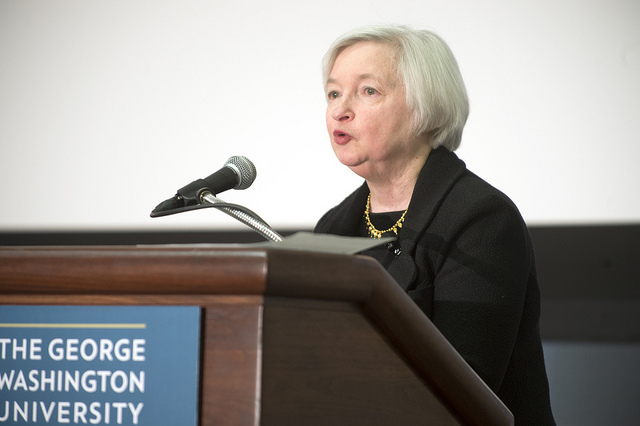
The US dollar posted strong gains this week, at one point staying firm above the psychological level of 100, a resistance level that has been breached as the Dollar Index jumped to 101 yesterday. After the initial turmoil of the election outcome just a week ago, the US dollar maintained strong gains, led by market speculation that a Trump administration could see renewed spending to the tune of nearly $1 trillion, which has suddenly sent inflation expectations higher.

Trump had previously pledged to increase spending on infrastructure to boost the economy and also to bring the jobs back to America. The prospects of this led to rising inflation expectations which has eroded the bond prices and pushing the yields higher. The US 30-year Treasury took a breather after falling for nearly 5 consecutive sessions this week as yields rose above 3%. Meanwhile the short term treasury notes, the 2-year prices continued to fall as the yields touched an 11-month high, currently at 1.05%.

Yields on the 2-year: 1.05%
“The post-election consensus … is that an anticipated pick-up in government spending to fund infrastructure projects might entail the issuance of more debt and the rekindling of inflationary pressures,” said Samarjit Shankar, global markets strategist at BNY Mellon in Boston.
US economic data picks up steam
On the economic front, data this week from the US continued to support the prospects of a rate hike as the US economy is expected to have finished Q3 and started the fourth quarter on a sound footing.
Retail sales in the US rose 0.8% in October beating the consensus of a 0.6% increase by a strong margin. Previous month’s retail sales figures were also revised higher to 1.3% to show a year over year growth in retail sales at 4.3%. Excluding autos, retail sales rose 0.8% higher than the forecasts of 0.5% bringing the year over year increase in retail sales excluding autos and gas to 4.4%.
The only weak data point this week was US producer prices, which remain flat in October while consumer prices released on Thursday showed that consumer prices accelerated at the fastest pace in April. Headline inflation was seen rising 0.4% in October, according to data from the Labor Department. The increase in inflation came with gasoline prices rising by nearly 7%, pushing consumer prices higher. October’s headline print came after September notched a 0.3% increase. Core inflation excluding the volatile food components saw an increase of 0.1%, rising for the second straight month but considerably lower than forecasts of 0.2% increase.














